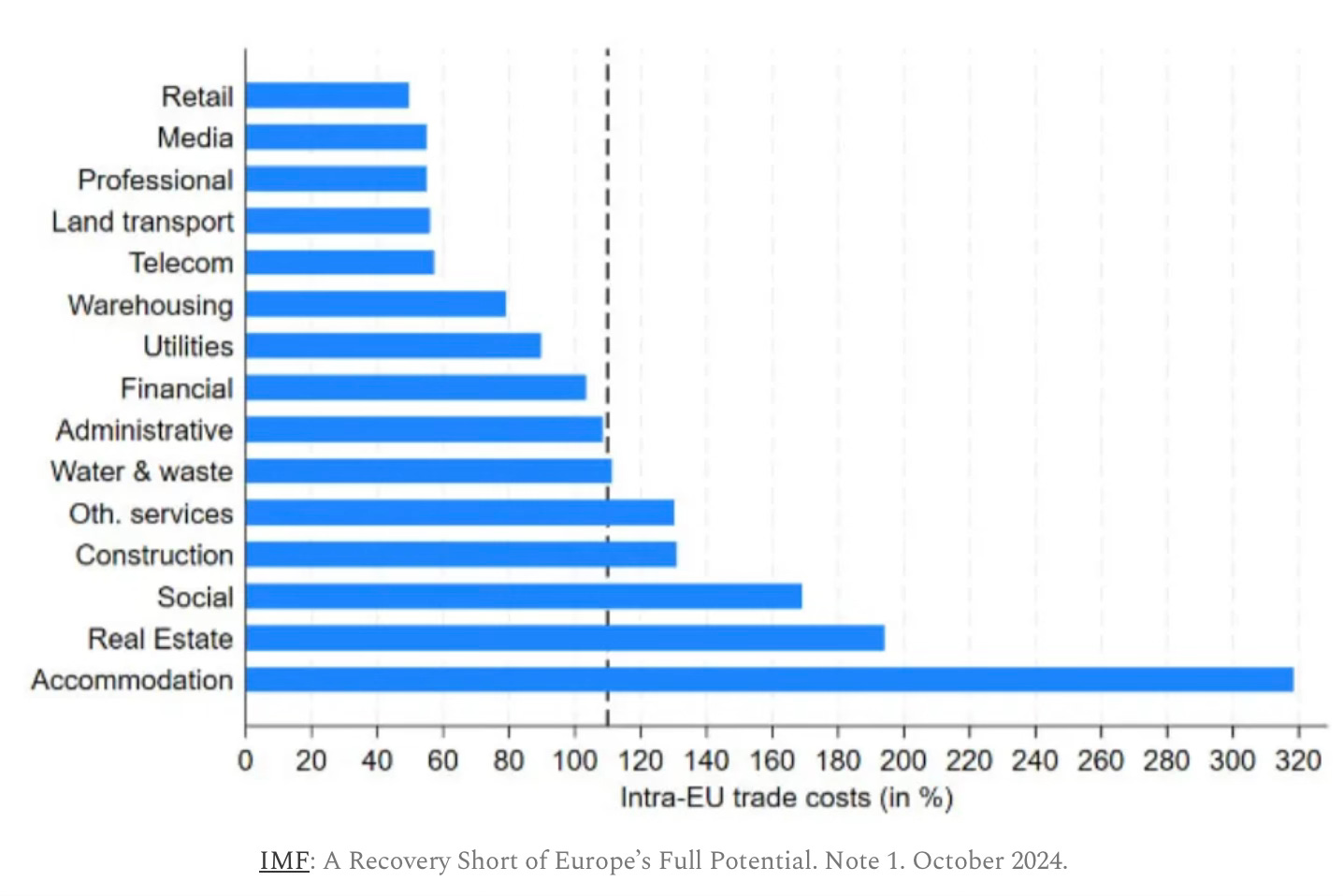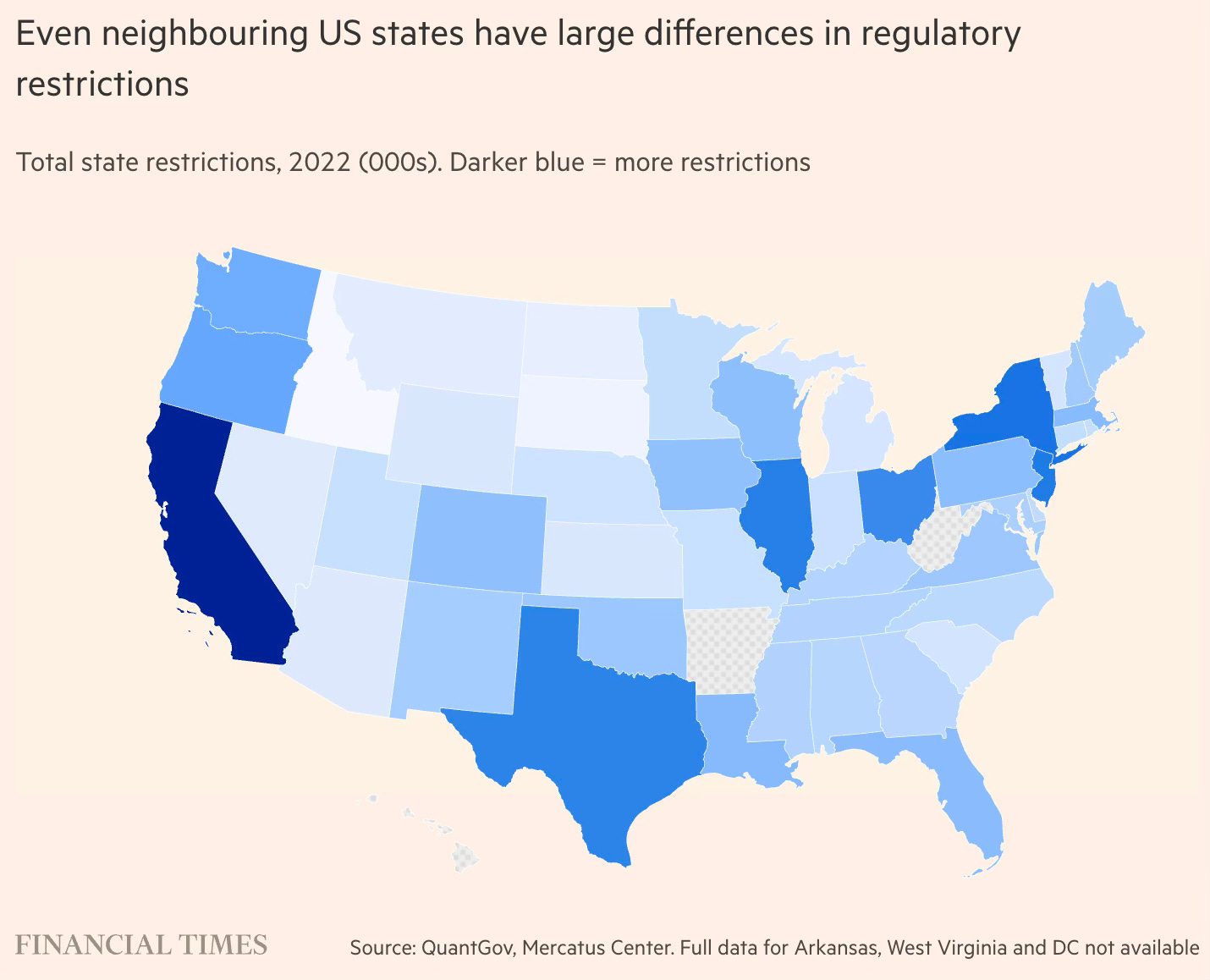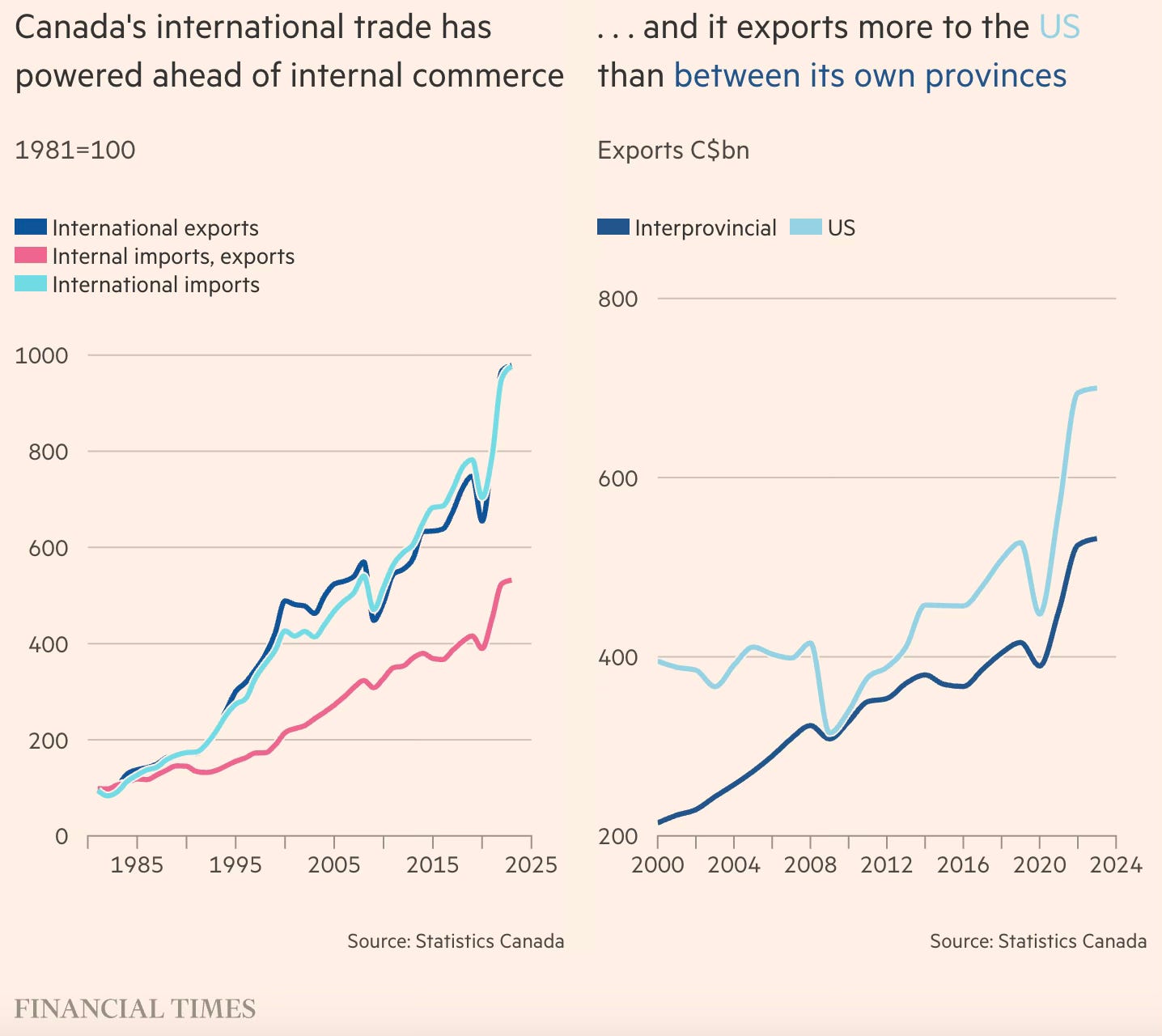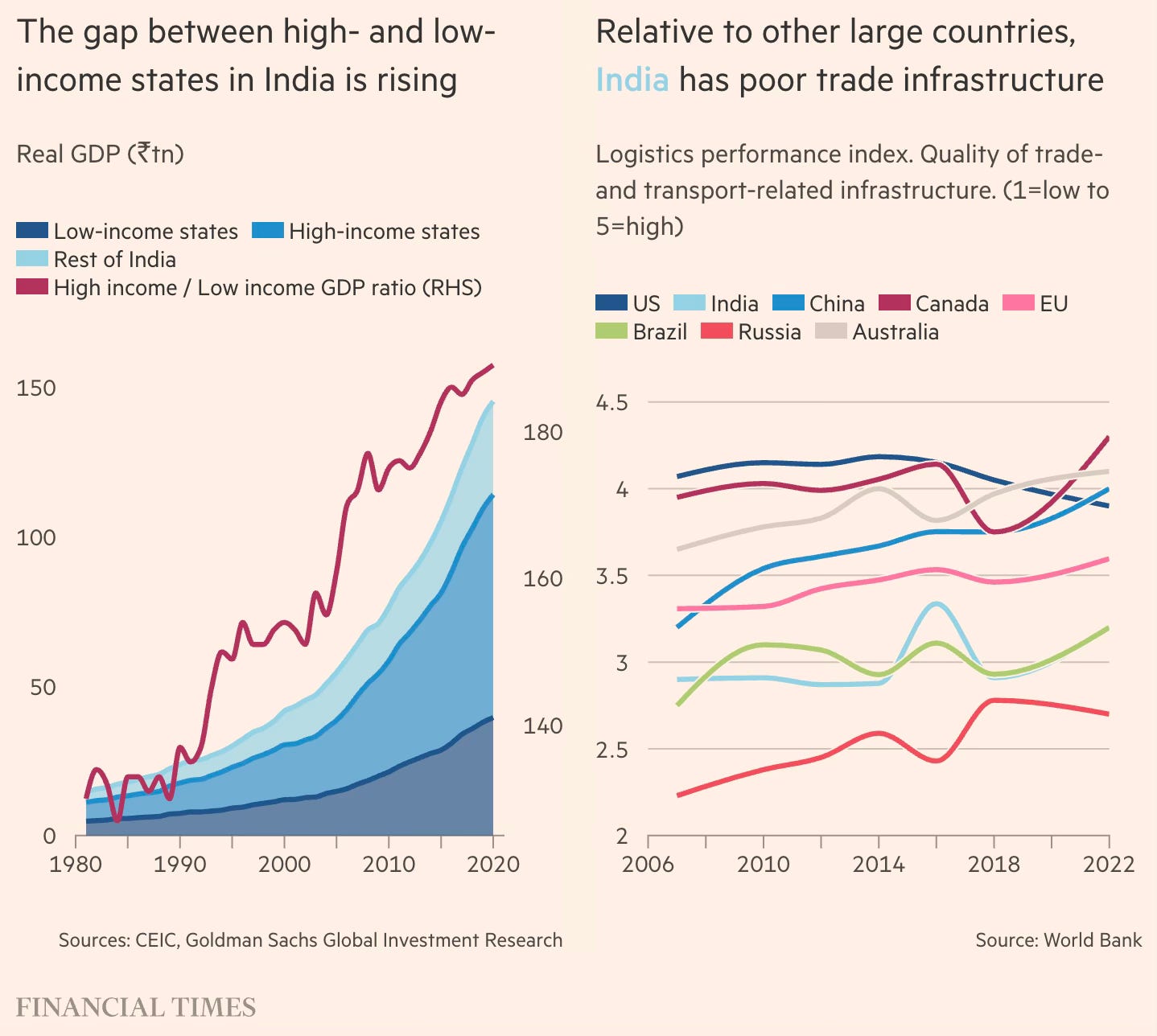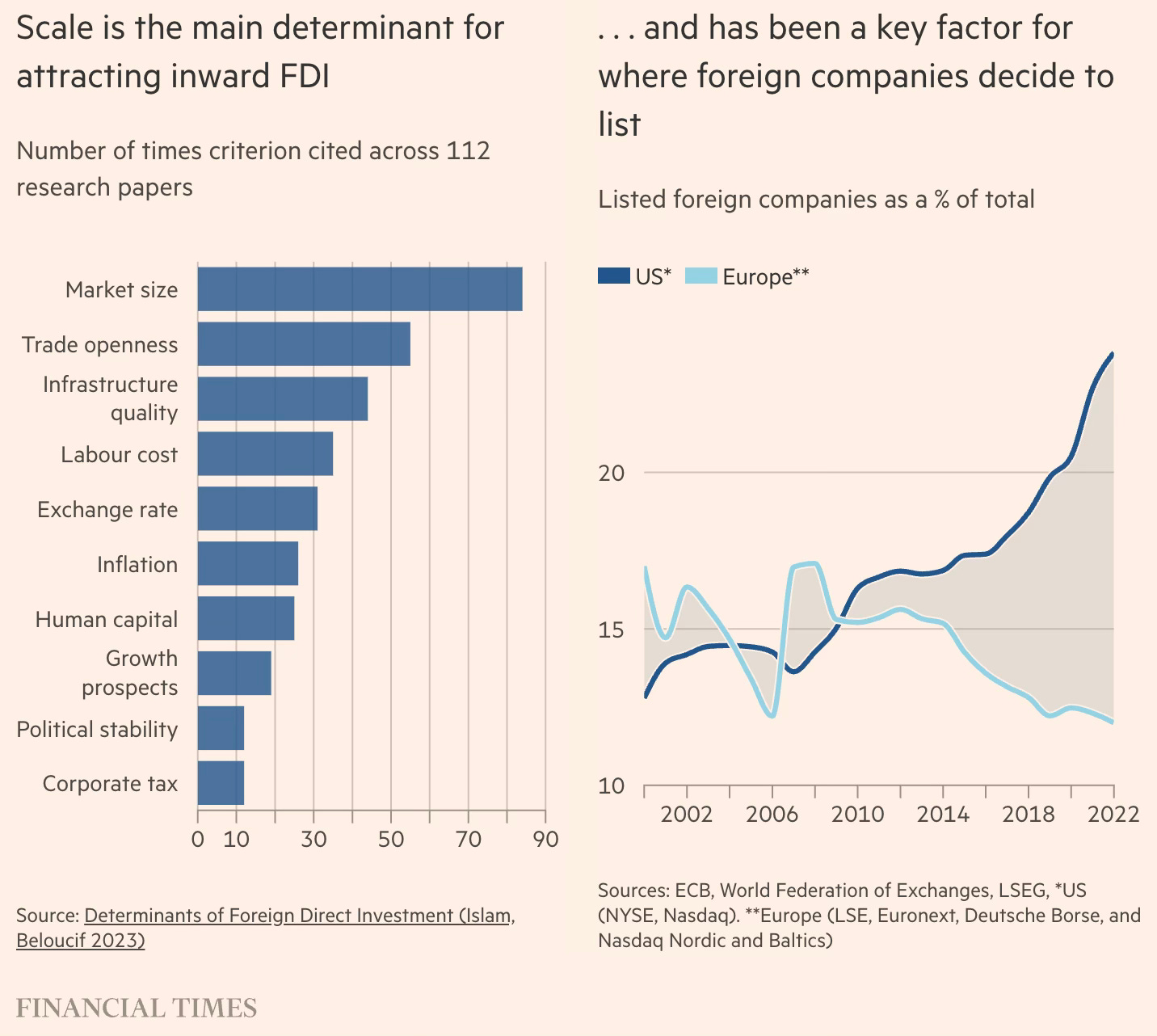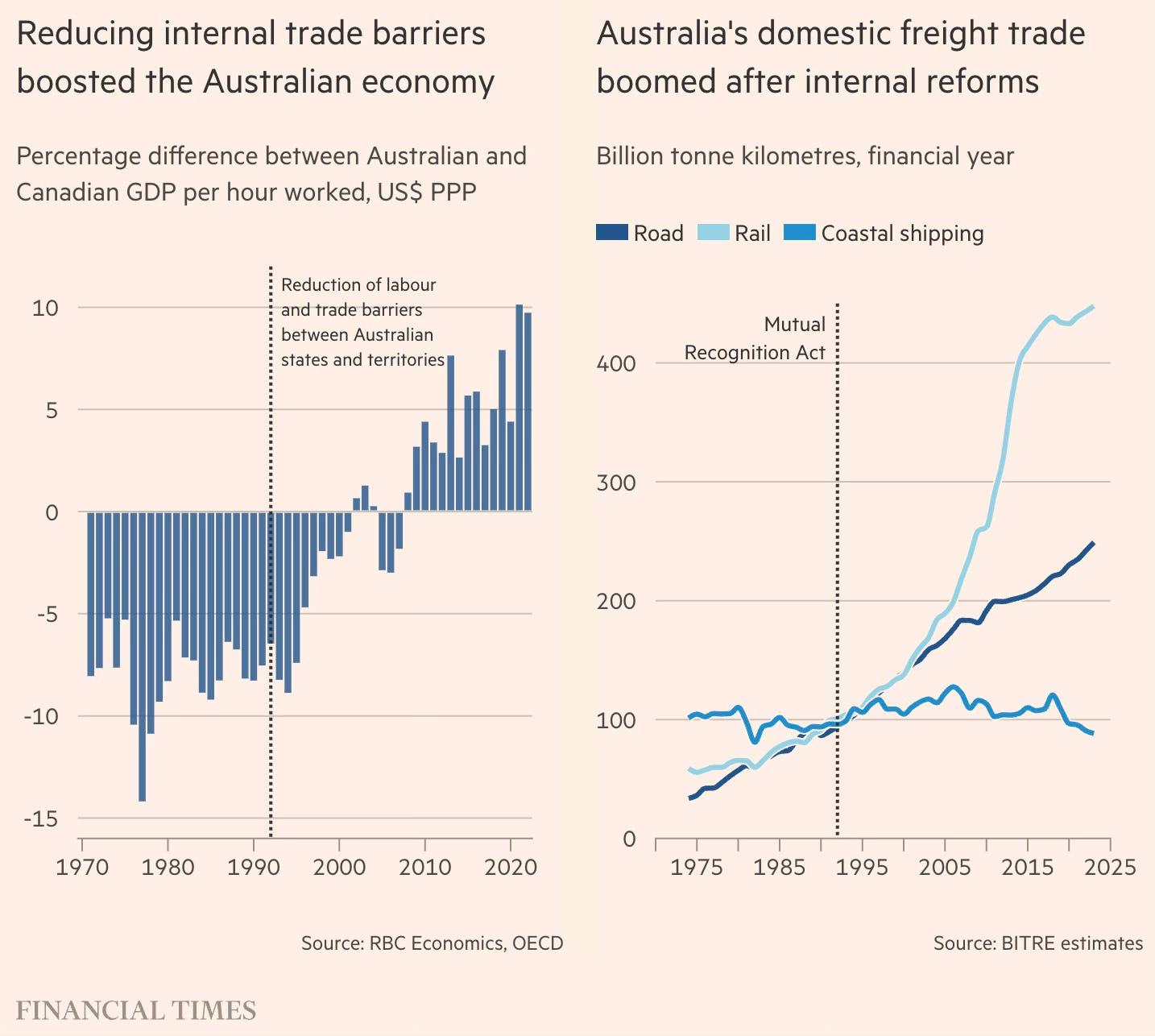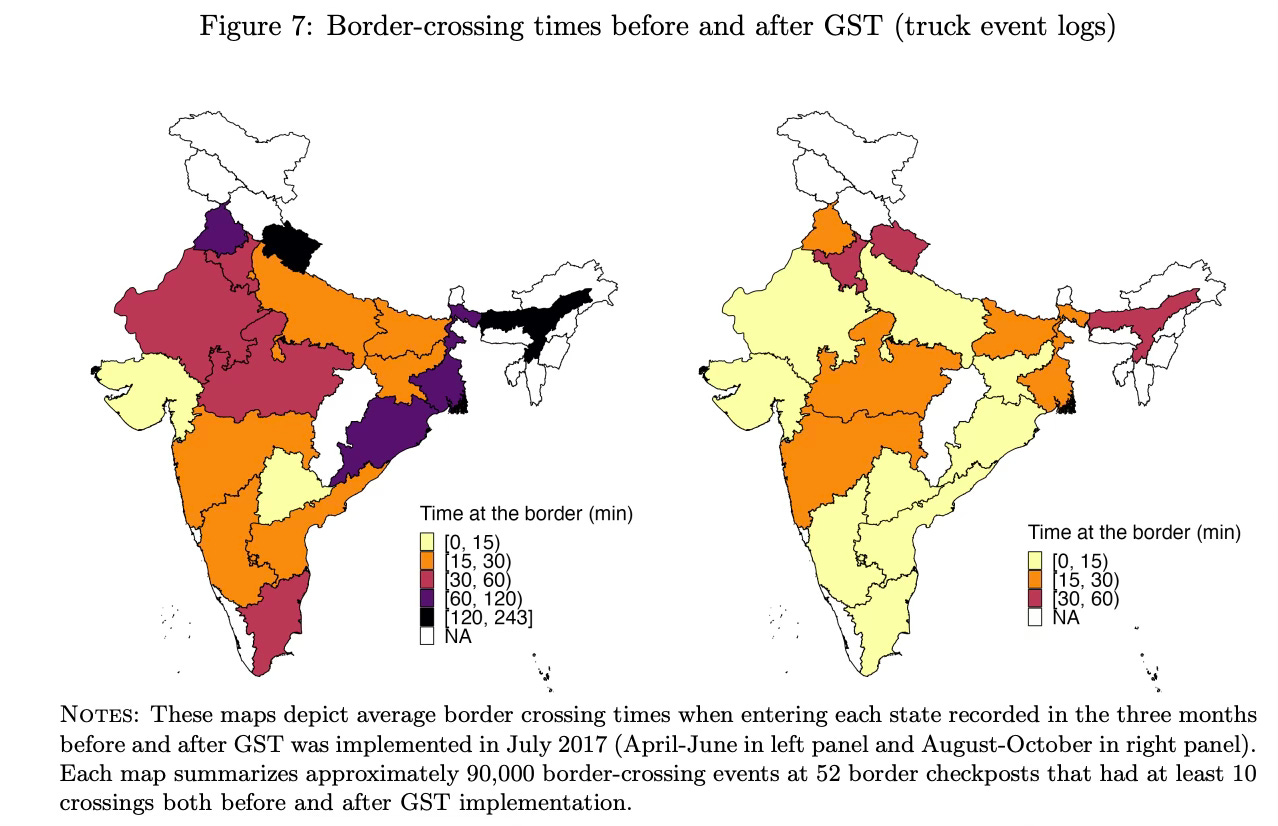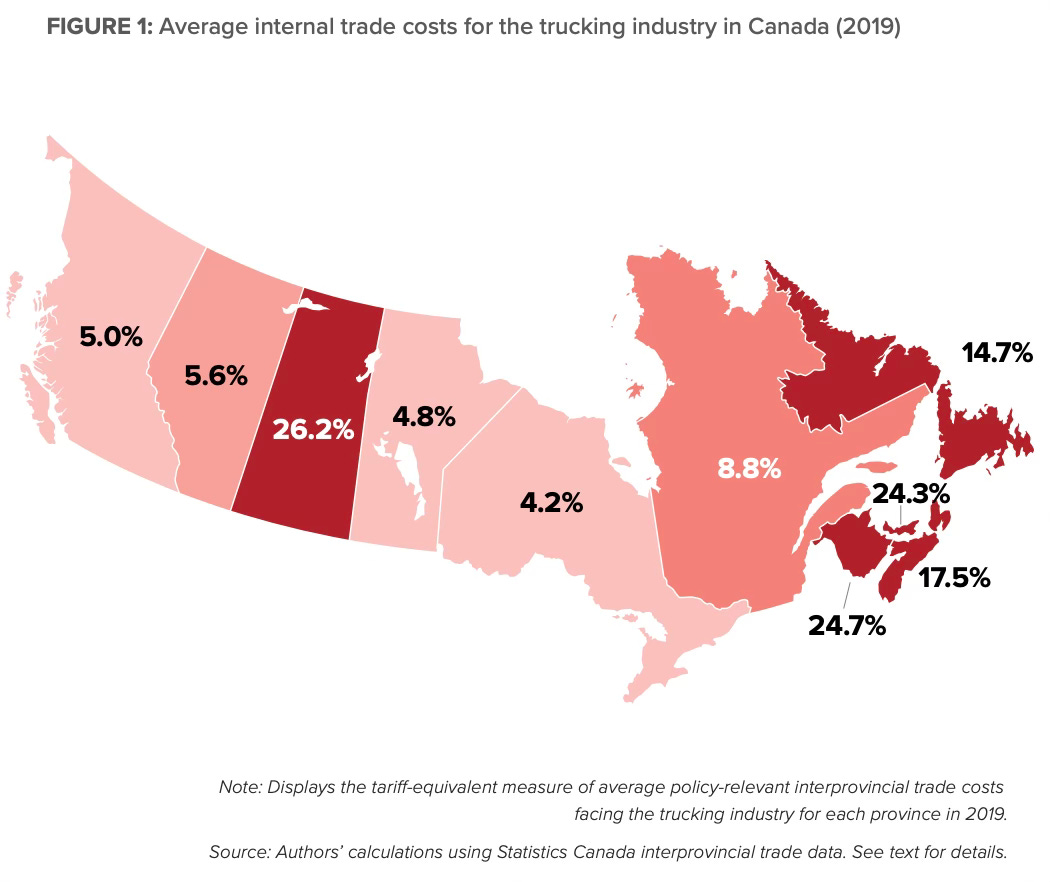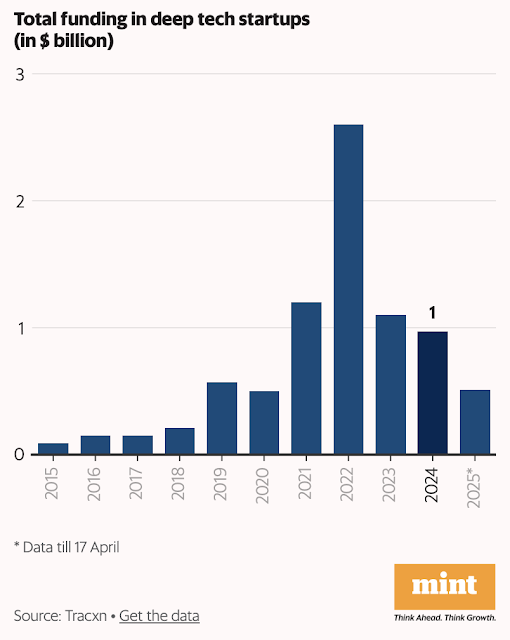A recent op-ed in the Business Standard had this to say about how corporate social responsibility spending is regulated.
The additional problem with legally mandated CSR spending is the opportunity it affords for increasing government intrusion. In a throwback to the licence raj era, the law already tells companies how much to spend and what they can spend it on. It is not outside the realm of possibility that the discovery of the skewed geographical nature of CSR spending would prompt the government to stipulate region-wise targets next. The legal obligation creates additional headaches. In 2018, for instance, the government issued preliminary notices to 272 companies for not complying with their CSR obligations.
Another had this about the UGC’s regulations.
In principle, determining and maintaining standards of teaching, examinations and research at universities is among the primary functions of the UGC… It performs the functions of licensing, regulation and disbursement. These three functions are not performed by one institution anywhere in the world because this eliminates all checks and balances. Such power enables the UGC to exercise enormous control over universities. Its interventions at political behest and its belief that one-size-must-fit-all drives its fetish for standardisation, whether curricula, appointments, promotions, salaries, evaluation, administration or institutional architecture. Such levelling crowds out or pre-empts excellence, because it stifles diversity, pluralism and differentiation in higher education, all of which are necessary to develop academic excellence.
Deregulation is back with a bang globally. Also, I had blogged earlier, highlighting the point that there are very few stroke-of-pen deregulation measures.
It’s also important not to see deregulation as a one-time exercise. While easing existing laws and rules/regulations/orders is important, an equally important focus should be on ensuring new rules and orders are formulated, keeping in mind the concerns of ease of doing business and ease of living. Otherwise, it’s only a matter of time before things get back to where they started. I blogged here proposing that a set of principles be outlined that govern all law/rule-making processes and be kept in mind by officials who are processing them.
Statutes passed by a legislature are generally too high-level and broad-sweep to impact the ease of living or doing business directly, at least in most cases. These laws are operationalised through executive directives - rules (by government departments), regulations (by regulators), and administrative guidelines (by any government entity). The difference between the three is the authority levels (Cabinet/Minister/Officers) at which they are approved. In one way or the other, at each level, there is often an element of interpretation of the objectives of the law, and this gets reflected in the directives issued at that level.
In other words, these executive directives interpret the statute and outline the details of implementation. It’s most often in the details of these operational directives (and not in the statutes themselves) that the problems with ease of doing business and ease of living lie.
As an illustration, while the statute would empower the government to prescribe building rules, the details of those rules are prescribed in executive directives (Government Orders, Office Memorandum, etc.) that the Department typically issues internally. They define how various urban planning elements like Floor Area Ratio (FAR), setbacks, road-width, plot-size, building height, and land-use would apply in combination to different areas/localities.
This can create issues in implementation that detract from the purpose of the reforms. For example, over the years, state governments have claimed to have initiated “reforms” to building byelaws that have either done away with FAR or considerably raised FAR. But in reality, its objectives were defeated by defining high minimum road width and plot size requirements (and height restrictions), which meant that very few properties were eligible to avail these incentives. Similarly, some other states eased building regulations, but only below a certain height and above another height, which effectively excluded the most relevant categories of apartments.
Or take the issue of processes and requirements that are put in place as safeguards to access a service. Often, as newspapers report stories of abuse of the process, instead of taking actions to address them as governance failures, government entities prefer to respond with additional layers of safeguards and requirements. So, for example, as instances of fake invoices and Input Tax Credit (ITC) claims in the Goods and Services Tax (GST) rose, registration requirements were progressively made so tough as to make it difficult even for the vast majority of genuine businesses (till a recent directive addressed this partially).
There are similar examples across departments where the operationalisation of laws and reacting to emerging adverse news items have spawned unintended regulatory thickets.
Therefore, all directives are double-edged swords. They can be used to promote their objectives or detract from their objectives, as in the aforementioned examples. The choice is exercised both by the leadership within the Departments, who formulate and guide the implementation of the directives, and by the frontline functionaries who implement the directives.
No sustained and meaningful change in the regulatory environment is possible without instilling a culture of regulatory concern, or restraint, or thoughtfulness among officials across all levels regarding issues of ease of doing business and ease of living. The principles outlined here could form a basis for building this culture.
As an institutional process, every executive directive issued by the Department that directly impacts businesses or citizens should be screened for its compliance with a set of principles on smart regulation. This can be in the form of a checklist (like with the Cabinet Note) that must be certified by the proponent officials as a procedural requirement before approval of the directive. Even at the risk of this becoming perfunctory over time, it can be a good starting point to focus the attention of the system on concerns of regulatory excess.
Another step would be to initiate a high-profile system-wide awareness campaign to sensitise officials across levels about the importance of caution with administrative directives to ensure ease of doing business and ease of living concerns. For example, each Department could be asked to identify one or two of its most important services and re-engineer them from the perspective of ease of doing business and ease of living. As a process, the collective learning from this exercise could be significant. These kinds of measures could be supplemented with employee training using simple and easily understood illustrative examples that highlight the importance of this endeavour.
The fundamental point is that while we can deregulate by liberalising existing laws/rules, any sustained deregulation cannot happen without the spirit of deregulation being imbibed by officials across levels.

